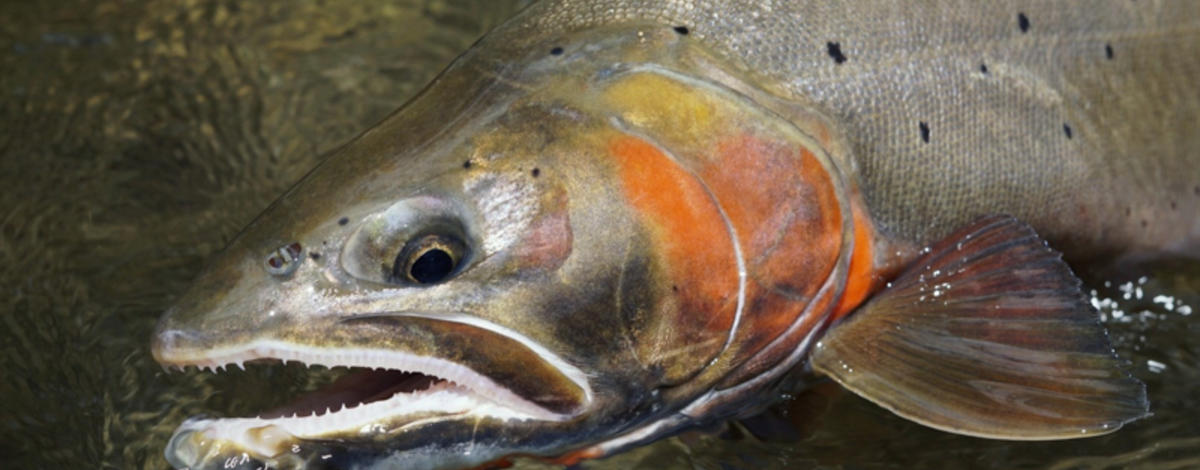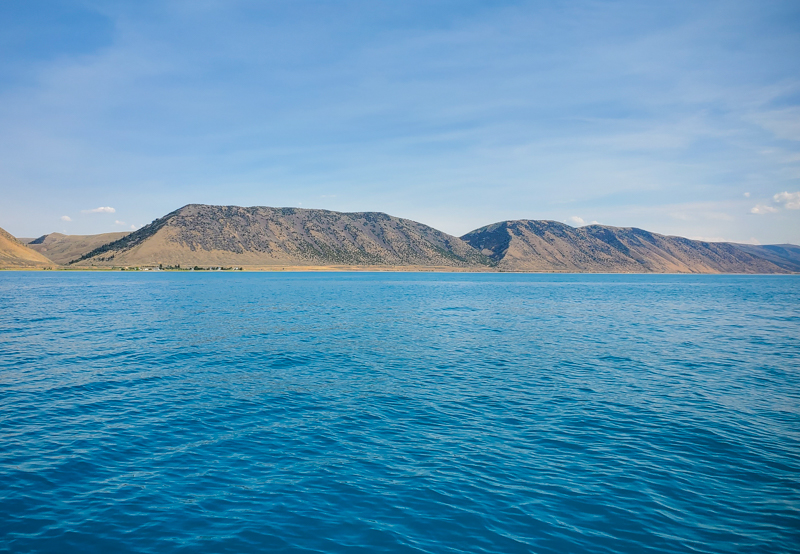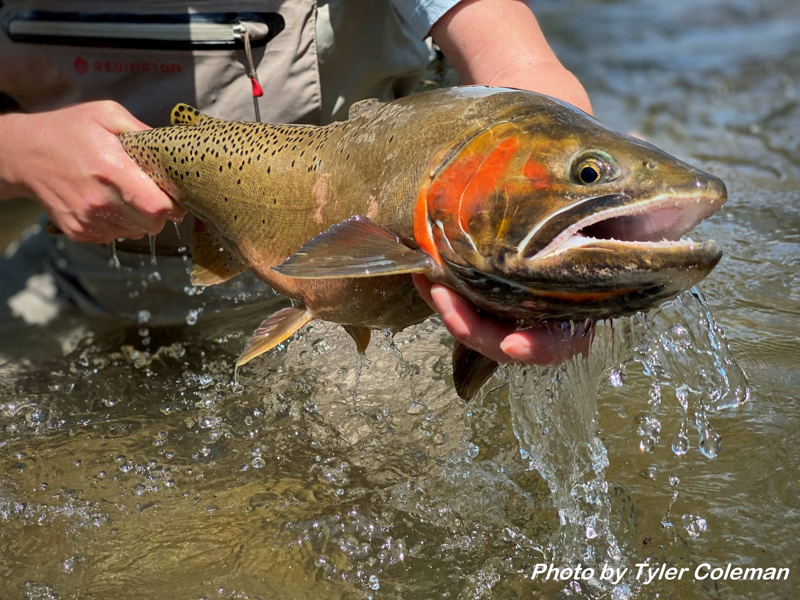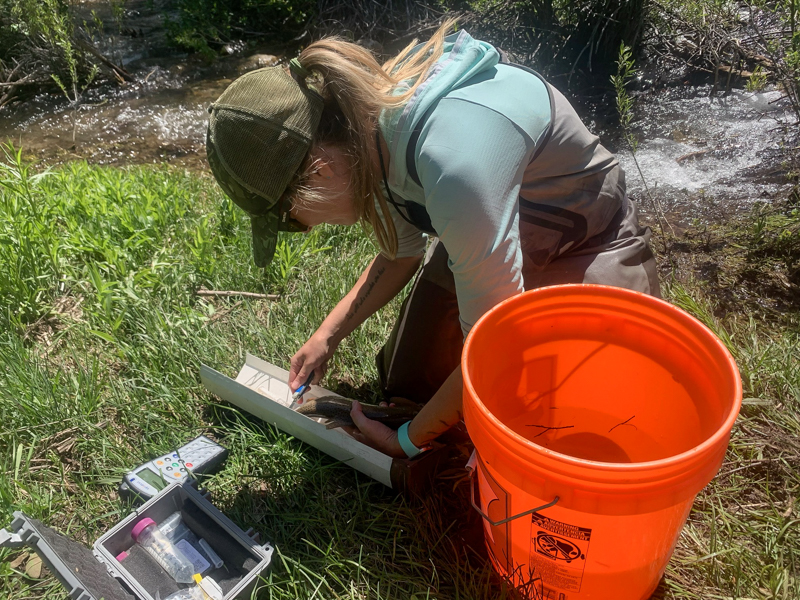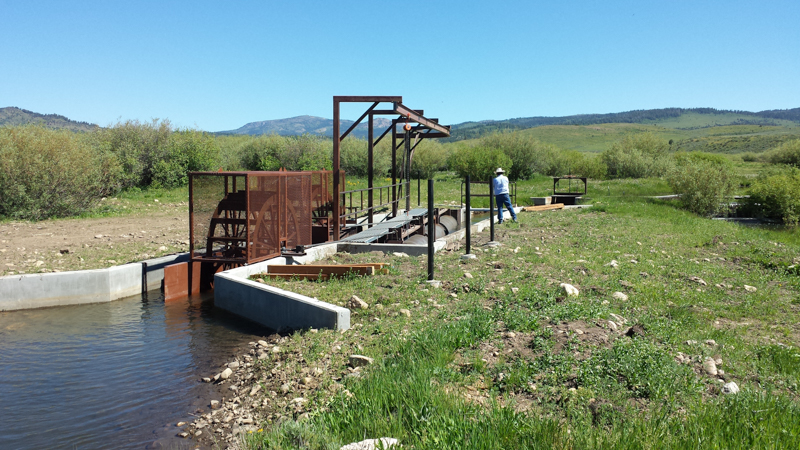The national American Fisheries Society recently awarded top honors to Idaho for conservation efforts in the Bear Lake watershed to help restore the wild Bonneville cutthroat trout fishery there.
The award recognized community and stakeholder engagement, and partnerships devoted to improving the habitat of this native sport fish. Successful habitat restoration, fisheries science and management resulted in conserving one of the West’s iconic native trout species, as well as bringing back sport fishing opportunity on this ecologically and culturally important native trout.
This award represents decades of work from a wide range of biologists and landowners from across southeast Idaho and northern Utah working to achieve a remarkable conservation success.
Wild, naturally spawning Bonneville cutthroat populations increased from just 5 percent to 70 percent of the population in Bear Lake, and allowed anglers to catch and keep wild Bonneville cutthroats from the lake for the first time in more than 20 years.

